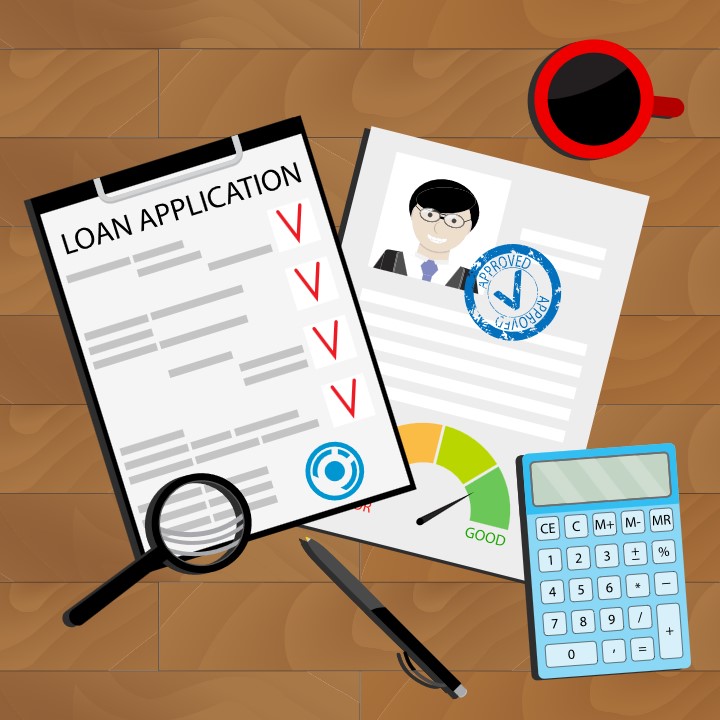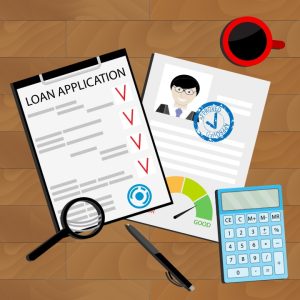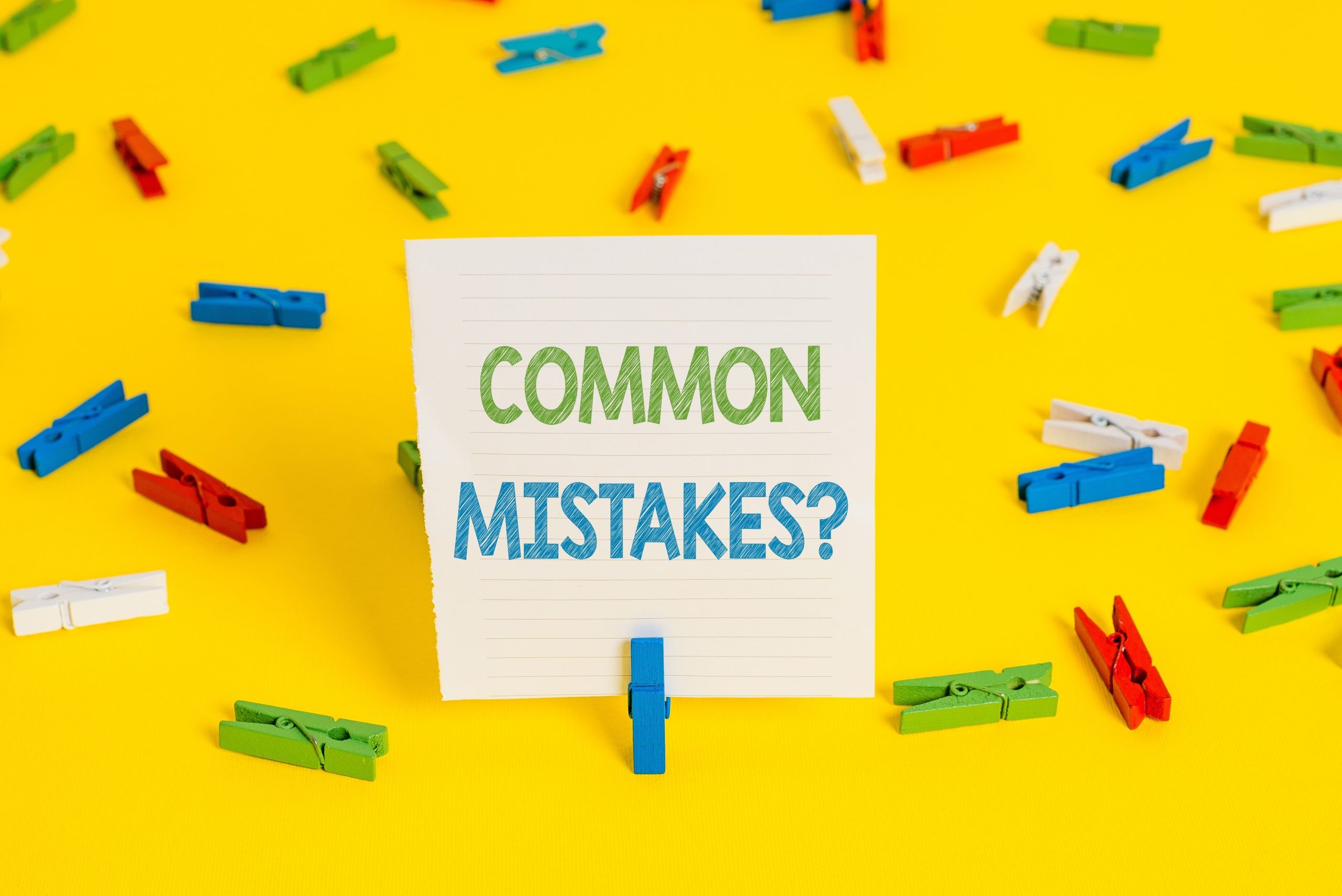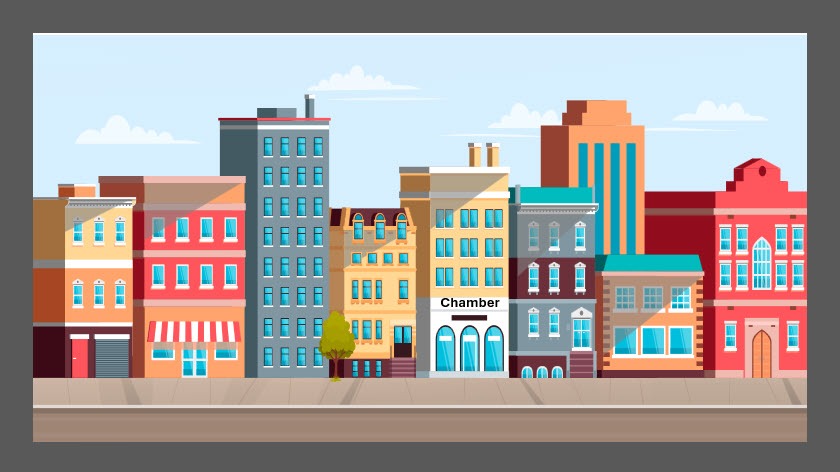A Lender’s Perspective on Getting Financing for Your Childcare Business

Finding financing to expand your childcare business can be daunting. You may have had the experience of going around the block to all your local banks only to be declined time and time again.
You know the demand is there – your enrollment and waiting list are proof – but many lenders are still hesitant to invest in your business. The good news is, that with the right lender and approach, securing financing for your childcare center is more achievable than you think.
I’m Ann Nonemaker, a Business Development Officer at Celtic Bank. I’ve helped many childcare center owners get financing for their businesses. I’ve seen what works and what doesn’t work. As a lender who understands childcare financing, here’s some advice on how to get your business funded.
Find a Lender Who Has Experience Funding Childcare Businesses
Not all lenders are created equal. Seek a loan officer and bank with experience in financing childcare centers. They should have enough childcare financing experience to:
- See beyond your current revenue limitations due to enrollment caps
- Recognize the potential for growth in a larger space
- Translate your vision into realistic financial projections that resonate with the credit team
Working with a lender who understands the unique challenges of the childcare business and how to structure a loan around them — will be a game-changer for you.
Look for Flexible Financing Options
Many traditional lenders prefer financing only conventional loans and have limited experience financing SBA loans or working with different loan structures. Conventional loans typically fund only a single purchase or use, like commercial real estate, or construction.
Mixed-Use and SBA 7(a) Loans
But if you want to use a loan to cover multiple purchases or uses like opening a second location, refinancing debt or hiring teachers, an SBA 7(a) loan is probably the best fit for you. SBA 7(a) loans offer low down payments and longer repayment terms, which translates to low monthly payments and more cash to run your business.
You can use an SBA 7(a) Loan to:
- Build a new childcare facility
- Buy out a partner
- Refinance business debt
- Purchase an existing childcare facility
- Invest in new supplies and toys
- Hire skilled teachers
- Implement new learning programs
- Upgrade safety features
- Launch a marketing campaign
Depending on what you are looking to use an SBA loan to cover, you can get financing with as little as 0% down. But typically, the down payment for an SBA 7(a) loan ranges from 10 to 20%.
Creative Loan Structures and Commercial Real Estate
A drawback to the SBA 7(a) loan is there is a funding limit of $5 million. So, if you are looking to buy commercial real estate and the purchase price is over $5 million, some SBA lenders will stop you right there.
However, it is possible to combine a 7(a) loan with a conventional loan to cover the difference between the SBA funding limit and the purchase price. Bankers call this a pari-passu loan structure. This is a creative way lenders can fund larger loan projects beyond the $5 million funding limit of SBA 7(a) loans.
Because many traditional lenders are only comfortable with conventional loans, which typically fund only a single purchase or use, you need to seek a lender who can provide mixed-used loans (like SBA 7(a)) and creative loan structures (like pari-passu).
Showcase Your Growth Potential
While your past financial performance is undeniably important, securing a loan for your childcare center often hinges on your business’s future potential. This is where well-crafted financial projections become a powerful tool.
Most lenders rely on a business’s historical financials to assess loan eligibility. However, childcare centers often face a unique challenge. Limited space can restrict revenue growth, even if demand is high. This conventional approach might overlook your true potential for expansion and improvement.
Financial projections that showcase your growth plans can bridge this gap. By presenting realistic forecasts backed by sound assumptions, you can demonstrate to lenders the ability to generate future revenue that justifies the loan amount.
Explain the Assumptions Behind Your Projections
When presenting your projections provide explanations or assumptions that make the projections in line with industry standards.
For example, to back the assumption that a larger space will increase revenue, you could say, “With this new space we can accommodate an X number of new enrollments. We think we can reach this new enrollment level in X amount of time and that’s how I got to this income number.”
Ask your lender if they have a template or form that you can complete to share your projections and vision with the credit team.
In essence, projections and the assumptions behind those projections are a powerful tool for overcoming limitations imposed by current financials. They allow you to tell the story of your business’s potential, convincing lenders of your ability to not only repay the loan but also achieve future success.
Highlight Your Experience
In the eyes of the right lender, experience owning or operating a childcare center is a strong positive factor in your favor that can counterbalance other aspects of your application.
If you have a proven track record of successfully operating a childcare facility, highlight it. Showcase your ability to manage finances, maintain consistent enrollment, and navigate regulatory hurdles — this will inspire confidence in your ability to thrive and manage your loan.
Additionally, if you have a business partner with extensive experience in childcare operations, their expertise will also significantly strengthen your application. Please note though, that the SBA requires personal guarantees of all owners with 20% or more interest in the business.
Leverage Commercial Real Estate
If you own your current childcare center’s property or are considering buying commercial real estate for your expansion, this can significantly improve the strength of your loan application.
For lenders, commercial real estate attached to your childcare business acts as a tangible asset that can be used to secure the loan. In the unlikely event of a loan default, the lender can recover funds by selling the property. This “secondary repayment source” makes funding your business loan more attractive.
If the value of the commercial real estate constitutes 51% or more of the total loan amount, the term extends to 25 years, compared to the standard 10-year term for SBA 7(a) loans without real estate. This extended repayment period significantly improves your childcare center’s cash flow by lowering your monthly loan payments, making the project more financially manageable.
Remember, a knowledgeable lender is your partner in achieving your business goals. Don’t hesitate to ask questions and leverage their expertise to turn your vision for a thriving childcare center into a reality.




